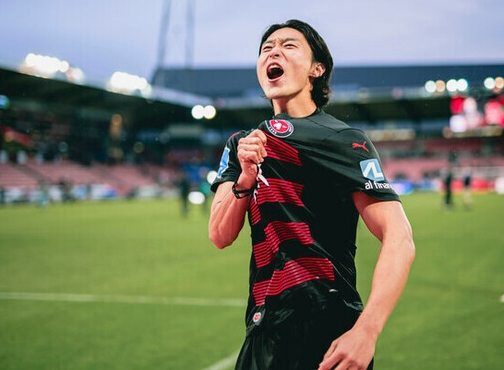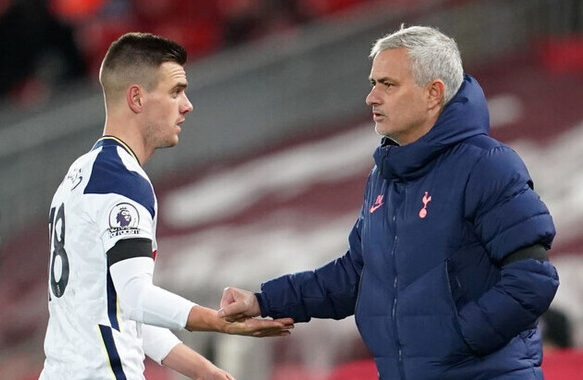Why is Pele the best player in football history?

Pele was the ‘King of Football’ until the moment he left. And this position is likely to last forever as long as the sport of soccer remains in shape.
Pele died on the 30th (Korea Standard Time) at the age of 82. At a hospital in Sao Paulo, Brazil, he closed his eyes next to his family after battling colon cancer. A post was posted on Pele’s own social media (SNS) to announce his death.
Pele has always been considered the two greatest players along with Argentina’s Diego Maradona (smaller in 2020). Even Lionel Messi, who won the “2022 Qatar World Cup,” was becoming a popular opinion that he is the three stars of soccer history. Some argue that Messi has passed not only Maradona but also Pele. Messi looks better in terms of his performance on the professional stage and his skills that can be confirmed by the video. In particular, Pele spent most of his career in Santos, Brazil, 19 years, as he has won only six Brazilian first division titles and two Copa Libertadores, the “South American Champions League.”
However, there are two main reasons why Pele has a symbol that will remain forever. The first is that he is the best player in World Cup history. Pele is the only player to win three World Cups. These days, when the heyday of players has been prolonged, several players participating in the five World Cups can appear, but in the past, four times over 12 years were the limit. Among them, only Pele has won three championships. There are only 22 two-time winners, and it has remained the same for 20 years since Kapu and Ronaldo were last added to the list in 2002.
It is also special that he did not win three times as a supporting actor, but two of them were undisputed leading roles and special performances that will remain in World Cup history. At the 1958 Swedish Games, 17-year-old Pele was the most shocking prospect ever to appear on the world stage. As he participated with an injury, the group stage was a tournament that started in the quarterfinals, although he only played in the third round. Pele scored the first goal in the quarterfinals, the hat-trick leading to a 5-2 victory in the semifinals, and the two goals leading to a 5-2 victory in the final. Just by looking at the number of goals, you can see that Pele overwhelmed the tournament. In this competition, he scored the youngest goal in history, the youngest hat-trick, and the youngest final goal.
The 1962 Chilean tournament did not contribute much to the championship process, as it collapsed due to an injury during the second match. The 1966 England tournament was a victim of a shocking upset of elimination from the group stage, but he was also unable to play in the second round due to rough tackles by opposing defenders, and was now under a different threat from soccer. European defenders’ injury-inducing play to the best player ever born in South America was so serious that they once announced their retirement from the national team. Considering this, 1962 and 1966 are not “winning thanks to their peers” and “losing,” respectively, but are also seen as hardships they suffered under the threat of injury that was different from now.
The 1970 Mexico tournament, which returned as a veteran, was an event in which Pele solidified his image as a symbolic figure leading the best team ever. In this competition, Brazil will almost complete their own offensive football that is still being used. At the same time, it was the first year that the world-wide supply of color TVs and World Cup broadcasts took place. So Brazil was the first team that allowed people around the world to see World Cup performances more vividly and faster. In this tournament, Pele did not score the most goals in the team, but he was active in scoring and chance-making at the center of offensive football. In particular, defeating Italy, the epitome of defensive football, 4-1 in the final was the last step to become the strongest team in history, and Pele scored the first goal on the day.
The second reason why Pele is the best ever should be taken into account the situation of the times. Various soccer technologies have become common now, but when Pele was active, it was a time when he was only exposed to skills he had never seen before in the World Cup.
At that time, Pele cooked defenders in more diverse ways than any other player, including volley shots, two-footed dribbling, putting his heels on, breaking through while pretending to touch the ball, and hitting the ball to the right and turning left. It was an existence that informed people around the world of the fun of new soccer. Although Pele did not develop all the technologies, Pele was the only player who could quickly absorb them and improve them in his own way and use them on the world’s best stage.
These technologies were not just showmanship or inefficient play. In the 1958 World Cup final, he scored a goal with a cool move that ended with a “self-volley shot” after deceiving the defense by tapping the ball. Even today, Brazilian players especially like to fool the defense by floating the ball, and all of its movements are like homage to Pele. Pele is also the original player to take away the goalkeeper’s timing by hesitating before taking a penalty kick, and Neymar and other Brazilian juniors are well aware of whose skills were originally. The term “beautiful soccer (Jo Bonito)” symbolizing Brazilian football was originally used to refer to Pele’s play.
The fact that Pele was able to use all the skills that existed at the time also means that Pele was a highly complete player. In terms of skills, the important reason for those who say Pele is the best in history is that he was able to play all kinds of games, including right foot, left foot, head, dribble, pass, and shot.
In tactical history, Pele is also meaningful. Pele played as a two-top with his fellow striker and was often widely involved in second-line play. He showed that the best position for a player who can play all positions of attack is not an attacker or a midfielder, and his number 10 became a symbol of this play.


